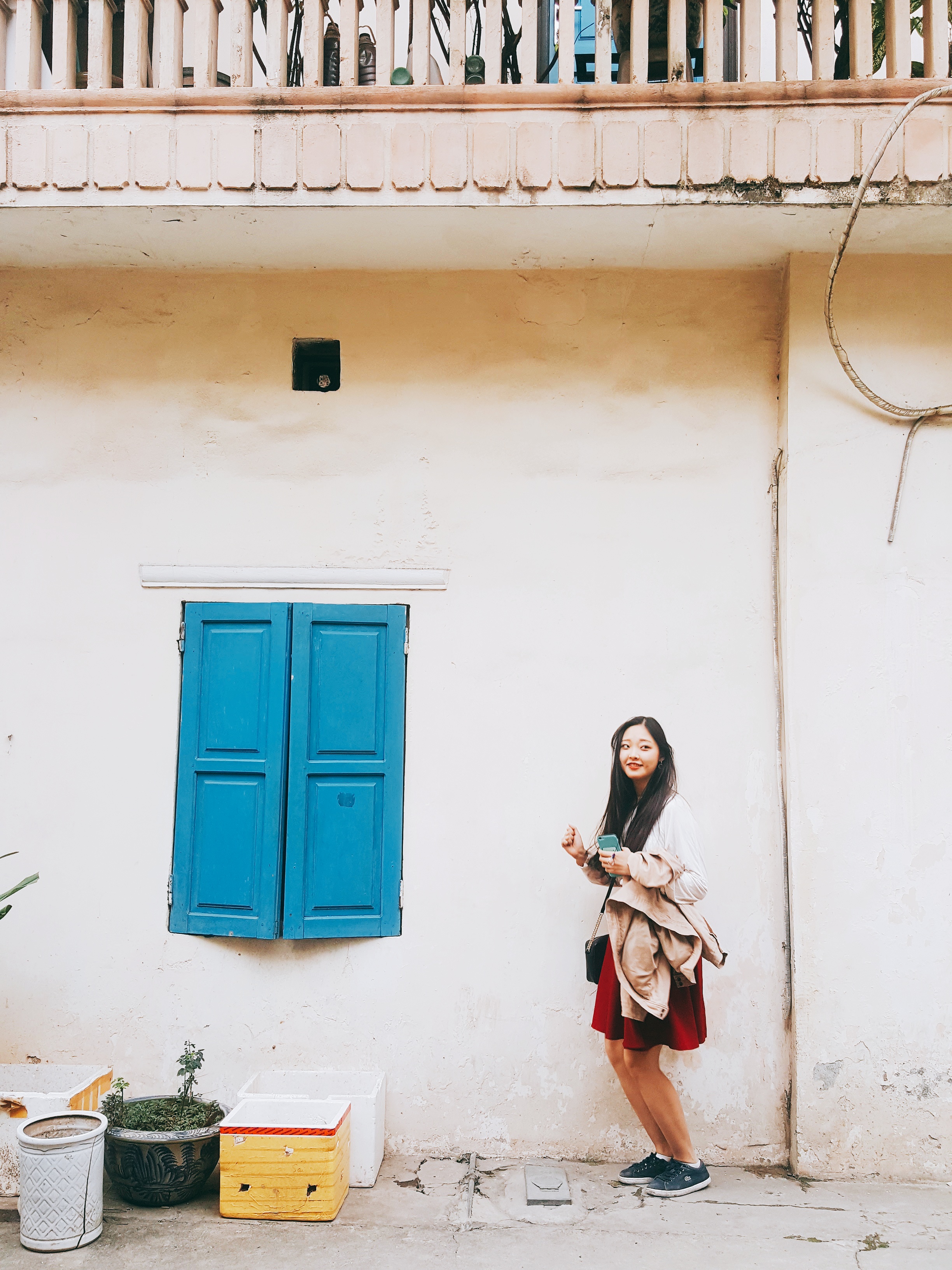미로 탈출
추가 테스트 케이스
제가 만든 추가 테스트 케이스를 공유합니다.

전체 코드
from collections import deque
import heapq as hq
def solution(n, start, end, roads, traps):
answer = 0
roadsFrom = {}
roadsTo = {}
visited = {}
for i in range(n+1):
visited[i] = {}
roadsFrom[i] = []
roadsTo[i] = []
for s, e, c in roads:
roadsFrom[s].append((e, c))
roadsTo[e].append((s, c))
q = []
hq.heappush(q, [0, start, []])
visited[start][()] = 0
def renewTraps(cur_traps_on, new):
if new not in traps:
return cur_traps_on
if new in cur_traps_on:
cur_traps_on.remove(new)
return cur_traps_on
if new in traps:
cur_traps_on.append(new)
return sorted(cur_traps_on)
return cur_traps_on
def push():
new_traps_on = renewTraps(traps_on.copy(), destination)
if tuple(new_traps_on) in visited[destination] and visited[destination][tuple(new_traps_on)] < count + cost:
return
visited[destination][tuple(new_traps_on)] = count + cost
hq.heappush(q, [count+cost, destination, new_traps_on])
while q:
count, cur, traps_on = hq.heappop(q)
if cur == end:
return count
if cur not in traps_on:
for destination, cost in roadsFrom[cur]:
if destination not in traps_on:
push()
for destination, cost in roadsTo[cur]:
if destination in traps_on:
push()
else:
for destination, cost in roadsFrom[cur]:
if destination in traps_on:
push()
for destination, cost in roadsTo[cur]:
if destination not in traps_on:
push()
return answer풀이
- 기본적인 풀이법은 BFS입니다.
- 함정 x에 처음 방문하면 x와 연결된 길들의 방향이 바뀝니다. 다시 함정 x에 방문하면 원래 방향으로 바뀝니다.
- 길들의 방향은 함정들의 정보를 통해 알 수 있습니다. -> 함정의 정보를 저장해야합니다.
함정의 정보를 이용하자
- 함정을 처음 방문하여 길들의 방향이 원래 방향의 반대가 된 것을 함정이 활성화되었다라고 하겠습니다. 반대는 비활성화되었다고 표현하겠습니다.
- a에서 b로 갈 수 있는 길(
a → b)이 존재할 때, 해당 길을 이용할 수 있는 지를 확인하기 위해서는 a와 b의 활성화 상태만을 확인하면 됩니다.- a와 b가 모두 활성화되지 않았다면(또는 함정이 아니라면) 길의 방향은 그대로입니다.
- a와 b가 모두 활성화되었다면 길의 방향은 두번 바뀌어 그대로가 됩니다.
- a가 활성화되었고 b가 활성화되지 않았다면(또는 함정이 아니라면) 길의 방향은 반대가 됩니다.
- b가 활성화되었고 a가 활성화되지 않았다면(또는 함정이 아니라면) 길의 방향은 반대가 됩니다.
BFS
- queue(
q)에는 현재 방번호와 현재 활성화된 trap들의 번호, 현재 시간이 저장됩니다. (현재 시간을 기준으로 우선순위 큐를 이용하고 있기 때문에 현재 시간이 첫번째 원소로 저장됩니다.) - 방문한 정보는
visited에 저장됩니다. - visited에는 방번호와 현재 활성화된 함정의 리스트, 현재 cost를 저장해야합니다. 그 이유는 다음과 같습니다.
- 현재 방번호가 같더라도 활성화된 함정의 리스트가 다르다면 길의 방향이 달라집니다.
- 활성화된 함정 리스트가 같더라도 더 적은 비용을 가지고 있을 수 있습니다.(추가 테스트케이스3번 참고)
- visited에 단순히 cost와 함정 리스트를 함께 저장하고 이와 다르면 방문하도록 설정하면 시간 초과가 날 수 있습니다. → 함정 리스트를 먼저 비교하고, cost가 더 적을 경우에만 방문하도록 설정해야합니다.
- 그래서
visited[방번호][트랩리스트(frozenset)]에 해당 방번호에 특정 트랩리스트를 가지고 방문한 최소 cost를 저장하도록 했습니다. visited와visited[방번호]는 모두 딕셔너리입니다.
코드
기본 세팅
answer = 0
roadsFrom = {}
roadsTo = {}
visited = {}
for i in range(n+1):
visited[i] = {}
roadsFrom[i] = []
roadsTo[i] = []
for s, e, c in roads:
roadsFrom[s].append((e, c))
roadsTo[e].append((s, c))처음 세팅 부분입니다.
roadsFrom[i] 는 i번 방에서 출발하는 길들의 (도착 방, 걸리는 시간) 리스트입니다.
roadsTo[i] 는 i번 방으로 도착하는 길들의 (출발 방, 걸리는 시간) 리스트입니다.
BFS
while q:
count, cur, traps_on = hq.heappop(q)
if cur == end:
return count
if cur not in traps_on:
for destination, cost in roadsFrom[cur]:
if destination not in traps_on:
push()
for destination, cost in roadsTo[cur]:
if destination in traps_on:
push()
else:
for destination, cost in roadsFrom[cur]:
if destination in traps_on:
push()
for destination, cost in roadsTo[cur]:
if destination not in traps_on:
push()q에는 count(현재 시간), cur(현재 방번호), traps_on(현재 활성화된 트랩)이 저장됩니다.
현재 방번호가 목적지인 경우에는 값을 리턴하고 종료합니다.
현재 방에서 갈 수 있는 다음 방들을 구하기 위해서는
- 현재 방이 활성화된 함정인지
- 목적지 방이 활성화된 함정인지 정보가 필요합니다.
경우를 나눠 현재 방이 활성화되었는지 확인하고, 활성화되지 않았다면
- 현재 방에서 갈 수 있는 길들 리스트(
roadsFrom[cur])에서 목적지도 활성화되지 않은 방들을 찾아 q에 넣으려고 시도합니다(push, 뒷부분에 설명) - 현재 방으로 오는 길들의 리스트(
roadsTo[cur])에서 목적지가 활성화된 방들을 찾아 q에 넣으려고 시도합니다(push)
현재 방이 활성화된 경우도 같은 방법으로 q에 넣으려고 시도합니다.
push 함수
def renewTraps(cur_traps_on, new):
if new not in traps:
return cur_traps_on
if new in cur_traps_on:
cur_traps_on.remove(new)
return cur_traps_on
if new in traps:
cur_traps_on.append(new)
return sorted(cur_traps_on)
return cur_traps_on
def push():
new_traps_on = renewTraps(traps_on.copy(), destination)
if tuple(new_traps_on) in visited[destination] and visited[destination][tuple(new_traps_on)] < count + cost:
return
visited[destination][tuple(new_traps_on)] = count + cost
hq.heappush(q, [count+cost, destination, new_traps_on])
renewTraps 은 현재 활성화된 함정들(cur_traps_on)이 존재하고 새로운 방(new)을 방문하였을 때 새롭게 변경된, 활성화된 함정 리스트를 리턴합니다.
push 는 새로운 목적지를 추가하려고 시도하는 함수입니다. 만약 visited[목적지][트랩] 가 존재하면 해당 목적지에 같은 (활성화된) 트랩 리스트를 가지고 방문한 적이 있다는 뜻입니다. 당시의 비용을 확인하고 비용이 더 적을 때에만 q에 추가합니다. visited[목적지][트랩]가 존재하지 않는다면 해당 목적지에 같은 트랩리스트를 가지고 방문한 적이 없다는 의미이므로 바로 q에 추가합니다.
우선순위큐
단순히 deque를 이용하여 BFS를 구현하면 테스트3,4 유형의 테스트를 통과할 수 없습니다.
실행결과

